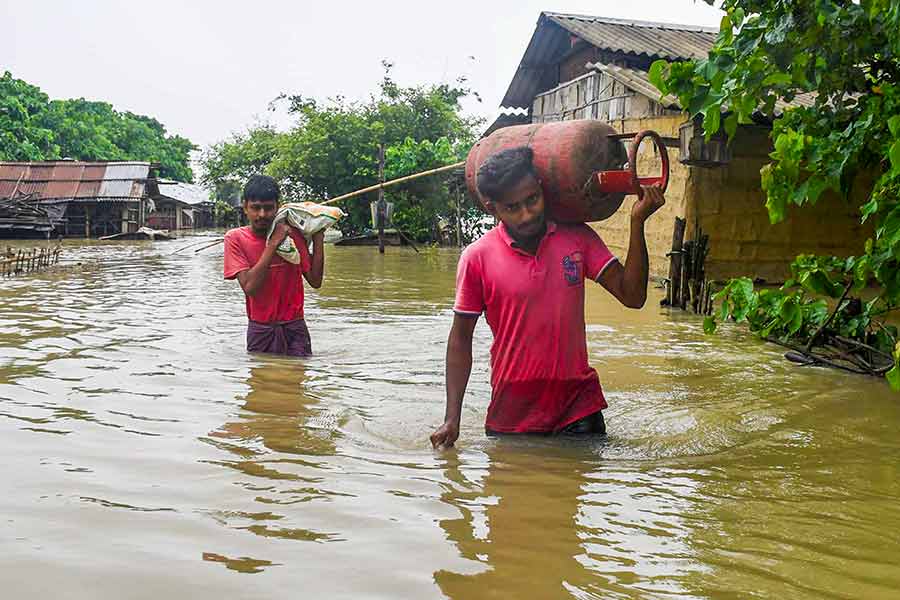There is a worrying gap between the rate at which extreme weather events are striking India and the rate at which the country is adapting to them. This fact was recently highlighted by two scientists from the Indian Institute of Tropical Meteorology, Pune, and the Indian Institute of Technology, Gandhinagar, respectively; their views assume significance in light of the devastation that befell Wayanad. Notably, India experienced a concerning stretch of 123 consecutive days of EWEs between June and September 2023. The consequences of these events were severe, claiming no less than 3,287 lives, damaging around 2.21 million hectares of crops and causing the deaths of some 1,24,813 animals. The figures are disquieting because India does have a state-of-the-art forecasting system, which can foretell extreme weather conditions up to three days in advance even though predicting the intensity and exact locations of adverse climate events needs to be improved upon. What then stymies India’s adaption attempts to climate change and the resultant EWEs? The first stumbling block is the lack of early warning systems that factor in local geography, demographics and infrastructure: the “small landslide” that was predicted in Wayanad did not take into account the infrastructure that had been built — legally and illegally — in the path of the Chaliyar river whose fury destabilised the land. A lack of coordination between the Centre and the states, not to mention among the various departments of state governments, makes such half-information worse. The proverbial elephant in the room though is the template of ‘development’ — that is depredations perpetrated on ecologically sensitive stretches despite repeated warnings from scientists — being pursued in India. Kerala ignored the suggestions of the Western Ghats Ecology Expert Panel regarding construction in Wayanad; earlier, Himachal Pradesh was similarly bullish about the construction of hydel power projects and Uttarakhand dismissed concerns about an underground tunnel, throwing scientific caution to the wind. The devastating consequences of such myopia are now there for all to see.
The need of the hour is to climate-proof India at the hyperlocal level: rebuilding kutcha houses with adaptive technology, constructing roads with wider drainage channels for flood-prone regions, and stabilising slopes with nature-based solutions to avoid landslides are some of the steps that need to be taken. Climate change is ever-evolving and mitigatory steps must keep pace. Funds, expertise, technology and, crucially, public consent must be in place for implementing these transitions.











